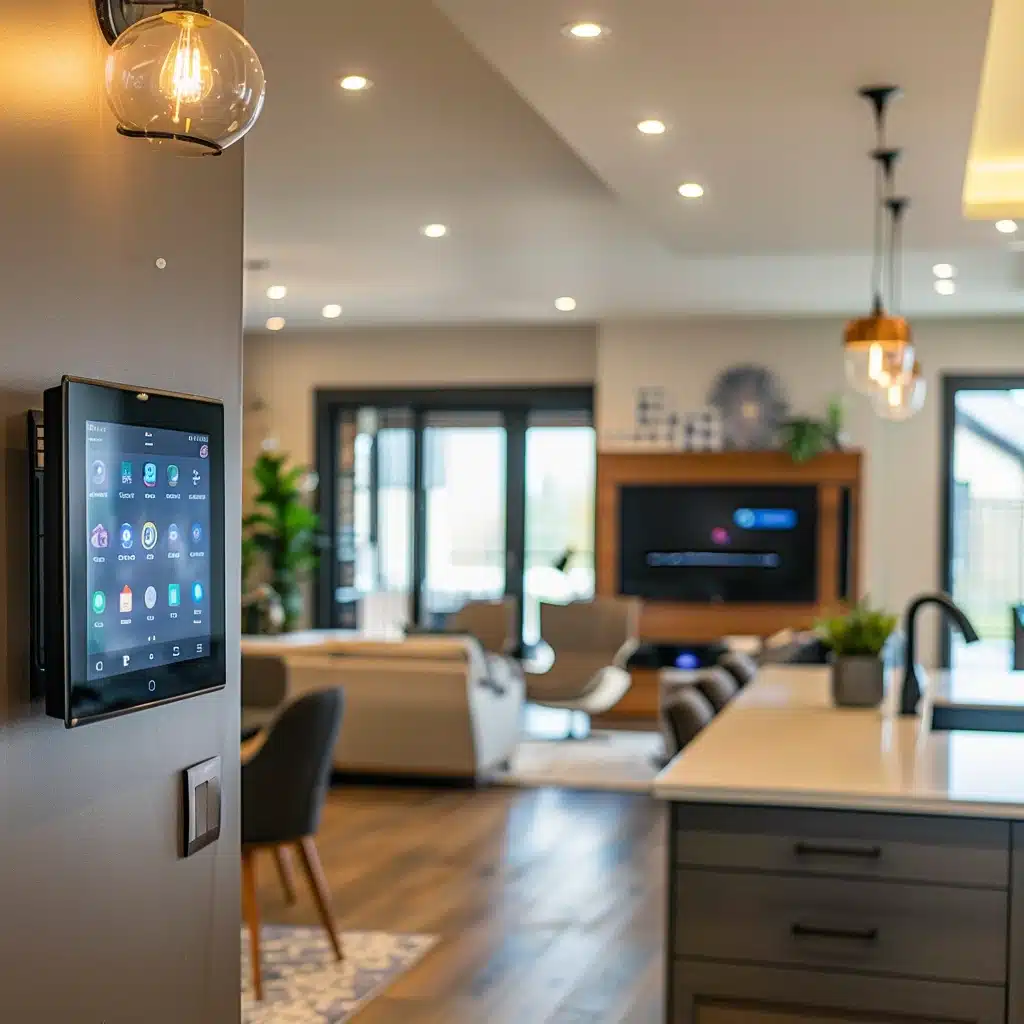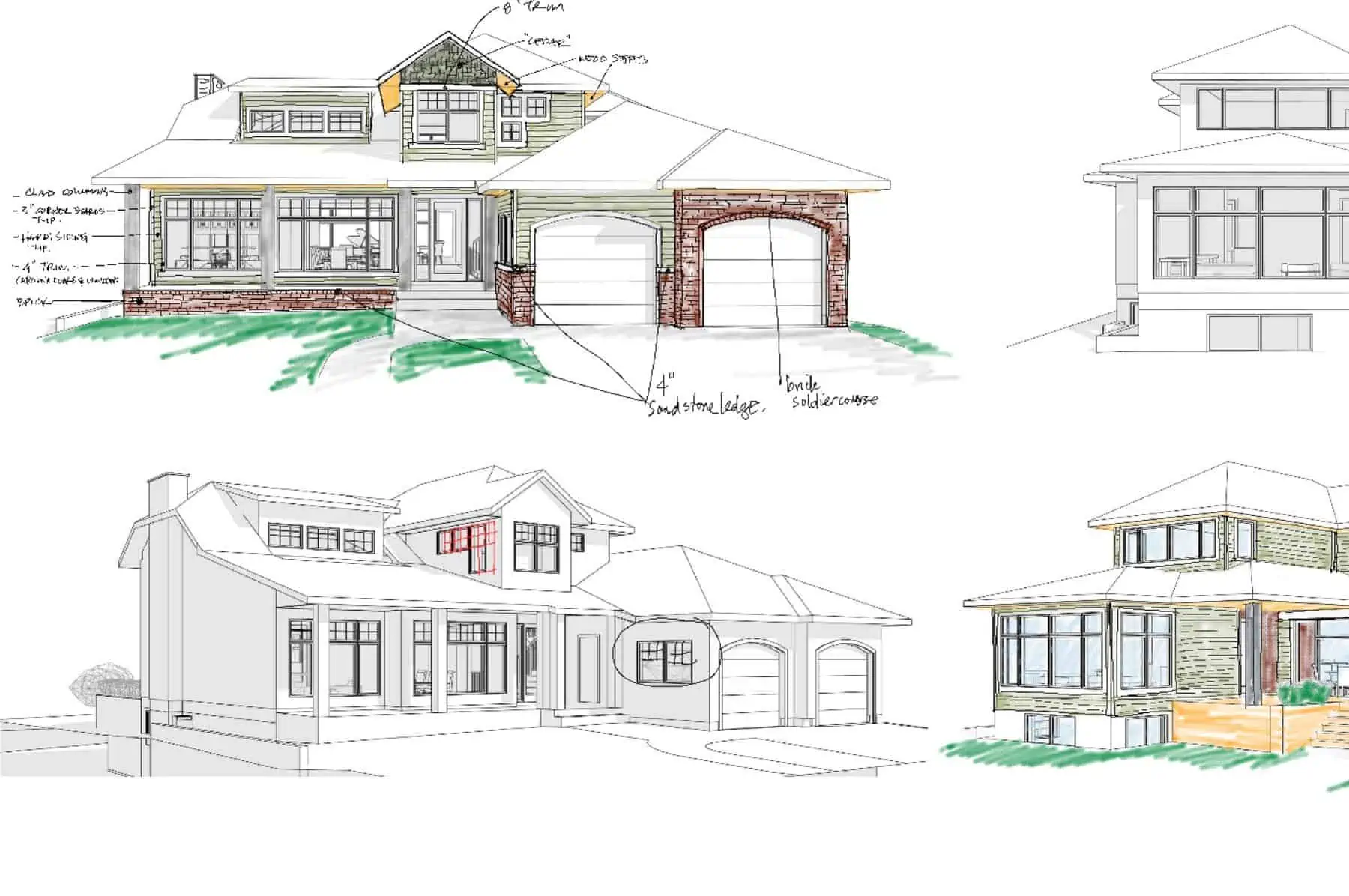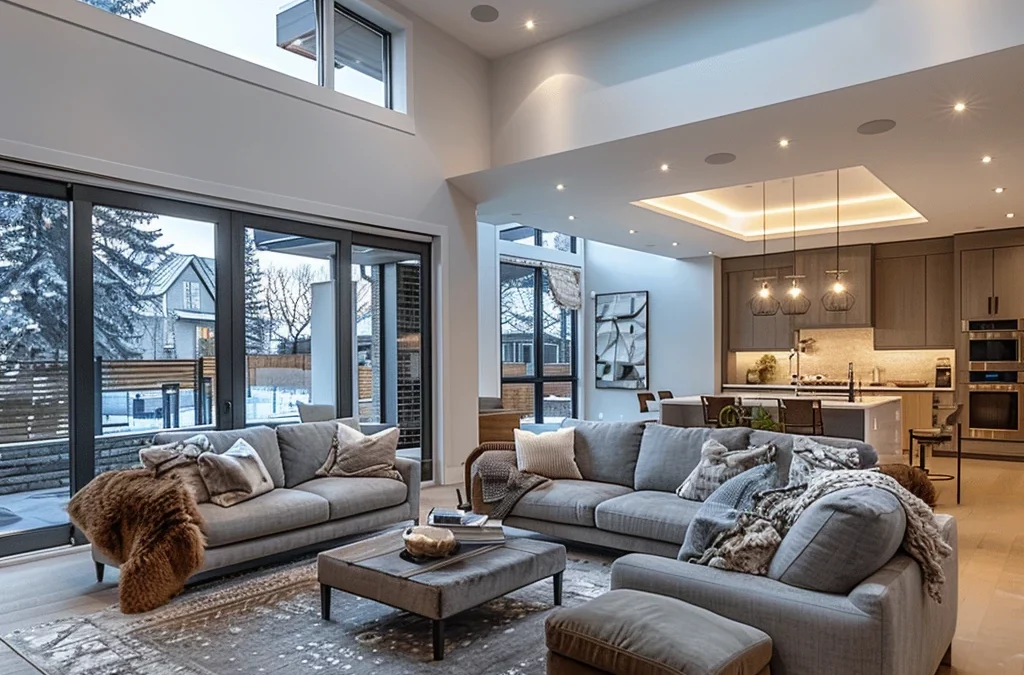Calgary’s water main break on June 5th caught many of us off guard. Calling for water restrictions and extensive repairs, two months later, we’re still in Stage 1 restrictions as the city works as quickly as possible to return to normal water usage.
Of course, this water main break wasn’t the first, however, it was a reminder of how important it is to have a resilient and sustainable infrastructure—and this can be applied to all of the city’s building practices, including residential design.
Every challenge is an opportunity in disguise, so it’s time we take these lessons to heart and think about how we can apply them to building more sustainable homes.
Coming up, we’ll explore what happened, what we learned, and how we can use these insights for a greener, more sustainable future of home design.
Learning from Calgary’s Water Main Break
When the major water main in Calgary gave way, it led to disruptions all over the city. This was a wake-up call on the importance of maintaining and upgrading our city’s aging infrastructure, but also an event that left many of us finding other ways to save water—ultimately learning and adapting to this change.
Lessons from the Water Main Break
- Tough Stuff: We can learn that using strong, durable materials can prevent future breakdowns.
- Checkups Are Key: Regular inspections and monitoring can spot problems early.
- Be Prepared: Having a solid plan and clear communication can make emergencies much smoother.
- Community First: Keeping everyone informed and involved is crucial.
Climate-Related Crises in Calgary & Their Impact on Sustainable Living
Living in Calgary comes with many unique advantages. Being close to the mountains, enjoying our extensive park system, and the ability to engage in an active outdoor lifestyle are among them. Enjoying these benefits means we need to actually be able to get outside—something extreme temperatures and wildfires stop us from doing.
The truth of the matter is that water main breaks are just one of the events that can seriously impact our way of life in Calgary. A secure water supply and good-quality air are basic necessities, but many of us are here for the city’s proximity to nature.
So, what can we do to ensure our province remains a healthy, enjoyable, and safe place to live? Take these lessons and apply them to all that we do.
Applying Lessons to Sustainable Home Building

1. Wildfire Resilience
Considering protective techniques for homes closer to forested areas is of the utmost importance.
- Materials: Use fire-resistant building materials for roofing, siding, and decking. For example, treated wood, metal, or concrete products can help prevent fire from spreading.
- Design: Incorporate firebreaks into the landscape design, such as using gravel walkways or driveways that can act as a barrier against fire.
- Vegetation Management: Keep landscaping well maintained and choose fire-resistant plants that are less likely to ignite.
2. Air Quality Improvement
Calgary’s outdoor air quality is often poor in the summer, with IQ Air recommendations for keeping windows closed and avoiding outside activity. To enhance your indoor air quality, these modifications may help:
- Ventilation Systems: Install advanced ventilation and air filtration systems to maintain indoor air quality during episodes of poor outdoor air quality.
- Indoor Plants: Use indoor plants known to improve air quality, such as spider plants and peace lilies, which can absorb pollutants.
- Sealing and Insulation: Ensure that homes are well-sealed and insulated to prevent outdoor pollutants from entering.
3. Adaptation to Extreme Temperatures
Extreme temperatures mean the city must rely on its HVAC systems more heavily, resulting in more energy use. Sustainable home design ideas like these can help.
- Passive Design: Use passive solar design principles to maximize natural heating and lighting without over-reliance on HVAC systems. This includes the strategic placement of windows and the use of thermal mass to store heat during the day and release it at night.
- Cool Roofs and Walls: Implement cool roofs and reflective materials that reflect more sunlight and absorb less heat, reducing cooling demands in the summer.
- Insulation: High-quality insulation can keep homes comfortable during both extreme heat and cold, reducing the need for additional heating or cooling.
4. Water Scarcity Solutions
We rely on our water supply to drink, bathe, clean, and keep plants and grass alive and green. Limiting water use is certainly a challenge, but making changes to your home can help you cut down on water usage and collect it to help benefit you during restrictions.
- Water-Efficient Fixtures: Install fixtures such as low-flow toilets, showerheads, and faucets to reduce water use.
- Rainwater Harvesting: Design systems to capture and reuse rainwater for irrigation and possibly for other uses such as toilet flushing.
- Xeriscaping: Employ landscaping techniques that require minimal irrigation. Use drought-resistant plants and reduce lawn areas to conserve water.
5. Smarten Up Your Home
The list of smart home devices is endless. Today, it’s incredibly easy to cut down your home’s utility usage—whether building from the ground up or renovating. Here are just a few ideas.
- Smart Thermostats: Automatically adjust heating and cooling based on your habits and preferences, and can be controlled remotely via smartphones.
- Smart Lighting: LED bulbs that can be controlled remotely and programmed with schedules to reduce electricity usage.
- Energy Monitors: Devices that track electricity usage in real time and provide insights on how to reduce consumption.
Building a Sustainable Future

Use the contact form or call 587-874-5748, and let’s discuss what sustainable home design can look like for you.
Additional Resources
For those interested in diving deeper, here are some resources on sustainability in Calgary and how you can help make our community greener.

